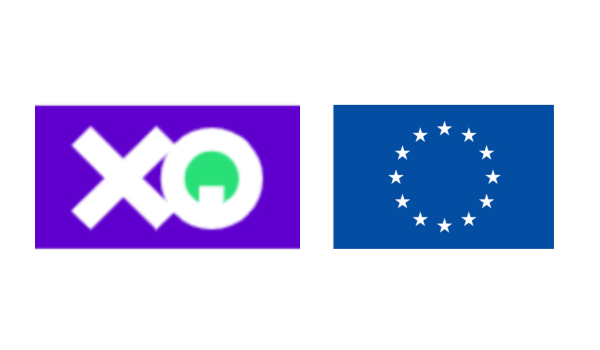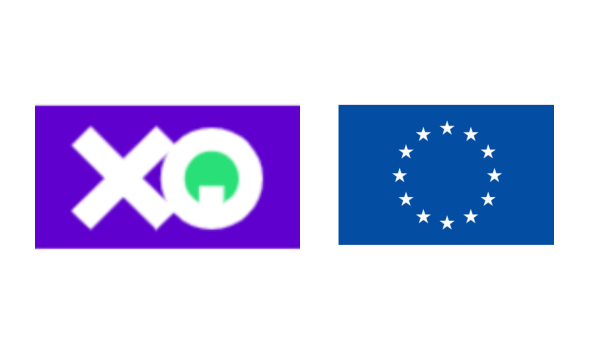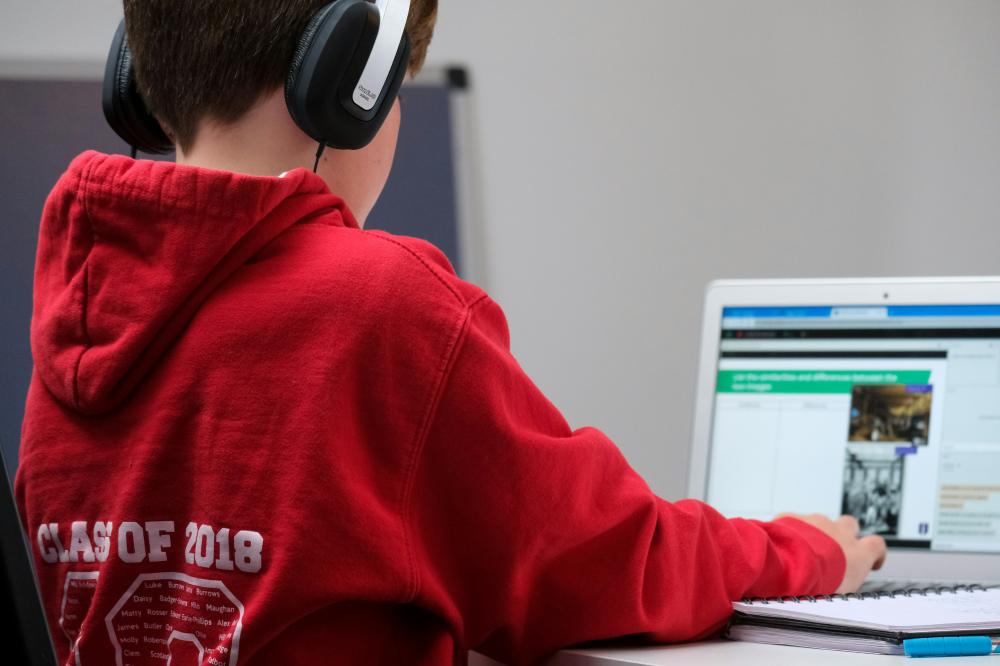Artificial intelligence offers new opportunities to enrich learning, but its use must be guided by a critical and responsible approach.
Will ChatGPT make us lazier? Can we bring AI into the classroom in a safe and productive way? What do we do about the risks? How do we take advantage of the opportunities? Can AI help us develop critical thinking skills? In a short time, artificial intelligence has become another tool in the students’ repertoire. It is therefore important to find a way to guide students in the critical use of these new technologies.
This critical thinking is cultivated, as Irene de Puig explains in this interview. It is the active, curious and careful attitude that seeks to understand, question, identify biases and reflect in order to draw one’s own reasoned conclusions. For artificial intelligence to have a positive impact on the learning process, it is necessary to learn how to use it in a judicious and evaluative way.
The aim of this article is to provide exercises and practical advice on how to integrate AI into the classroom in a critical and aware way. Before doing so, however, it is important to highlight some technical issues. Firstly, with regard to privacy, it is essential not to enter students’ names, our own names or any other personal data. Using applications such as ChatGPT implies an ethical responsibility, even more so when we are working with minors. We recommend that you read the terms and conditions of the application you want to use to see if they are in line with your values and, if necessary, find an alternative that better suits your needs. This list includes various AI tools for educators and can be useful in finding alternatives. However, the world of AI is constantly evolving, and new options are sure to emerge (in fact, at the time of writing, we wouldn’t want to leave out Deepseek, the new chat that has revolutionised social media).
Reality vs. hype
“AI is not a fad: it is a tool that must have an educational meaning. We have to use it to accompany students in their learning and allow them to achieve their educational goals,” explained Azucena Vázquez, Doctor of Education and Digital Technologies and Director of Digital Transformation at Escuela21, in an interview with Verificat. AI has generated a lot of media hype, and it is important to stop and distinguish between exaggerated expectations and reality. It is not a magic solution to all our problems, nor will it be useful for everything we want to do. The benefits we get will depend on how we integrate it. In the context of education, this means that artificial intelligence will be useful to the extent that it supports students’ learning and development. This is precisely the focus of the European Commission’s document Teaching with AI.
In an article for Media & Learning, Zac Woolfitt, a professor at Inholland University, talks about the different ways in which his students have used artificial intelligence in their teaching. He found that those who used it selectively achieved better results, while those who relied too heavily on it produced generic and less engaging work. In particular, Woolfitt highlights the use of AI to generate logos, which often resulted in unoriginal designs and required much more revision and modification.
If we give ChatGPT the instructions for an assignment or the wording for an exercise, it will generate text that probably meets the minimum requirements, but will it be good work? Woolfitt found that the logos ChatGPT designed were not original. When students type the same prompt into the AI, the results are likely to be very similar.
Lack of originality is not the only problem with the uncritical use of AI. Another aspect that concerns us at Verificat is misinformation. Language models are not based on truth, but on probability. Using ChatGPT as a replacement for Google (or any other search engine) can lead to false information.
If giving the wording of an exercise as a prompt doesn’t work, and using AI to search for information doesn’t work, how can we use this tool in other ways? How can we teach students to do the same?
Strategies for integrating AI into teaching
We start with an understanding of the limitations of AI. As we have already mentioned, it is not useful as a search engine, and it does not always tell the truth. AI does not ‘judge’ as such, but it does reproduce the human biases of the data it has been trained on. It is important to be aware of this and to treat the generated texts accordingly, by contrasting and verifying them.
· Because we don’t know exactly what we’re looking for. AI is not a search engine, that much is clear. But it can still help us discover exactly what we are looking for, or what details we should be looking at.
· A new point of view. When writing or creating, we can start by giving the AI enough context to work with. From there, instead of copying and pasting the message of a piece of work, we can ask it to spot errors in our reasoning, offer a new perspective or point out the weaknesses of our text.
· Inspiration. This kind of selective use, applied to specific tasks, can help us find inspiration or see aspects that we had previously missed. It is about using AI as a support but keeping the responsibility for reasoning and reflection with us.
Desfake’s teaching materials on Artificial Intelligence help students to find creative and conscious uses of AI and new ways to incorporate it into their work. In the activity AI in our everyday lives, students work in groups to design and create a prompt that can be used to prepare exams, assignments, debates, etc., and then create a repository for the whole class to use. The aim is for them to learn to use AI as a support tool, not as a replacement.
Moreover, we also worked with ChatGPT to see what activities they suggested to develop both the use of AI as a tool and critical thinking. One of the activities suggested was to critically review texts generated by AI. That is, asking students to generate a text on a particular topic (e.g. an opinion on a current issue) and then analyse the text to identify possible argumentative weaknesses or fallacies in order to improve their critical evaluation skills.
Another activity proposed by ChatGPT is the creation of an argument to answer a complex question. This consists of proposing an ethical or logical dilemma or an open-ended question and asking students to write an answer without consulting external sources. They can then use a chatbot to find different angles and perspectives that they may not have considered. The aim is to develop a reasoned position by analysing the AI’s answers and incorporating, rejecting or modifying the points provided by the tool.
In addition to these specific activities, ChatGPT also recommends always including a metacognition activity on the use of AI. This encourages students to reflect on the process they have followed, which suggestions they have accepted or rejected and why. Ask questions such as How did the AI help me? Did I recognise the strengths and weaknesses of its answers? Did I follow my own ideas or was I too influenced?
AI has great potential to enrich the learning process, provided it is used consciously and critically. Integrating it into the classroom can be valuable in fostering critical thinking, but students must learn to use it as a tool that enhances their own reflection and reasoning. Used responsibly, AI has the potential to transform education, offering new opportunities for personalised and creative learning.



